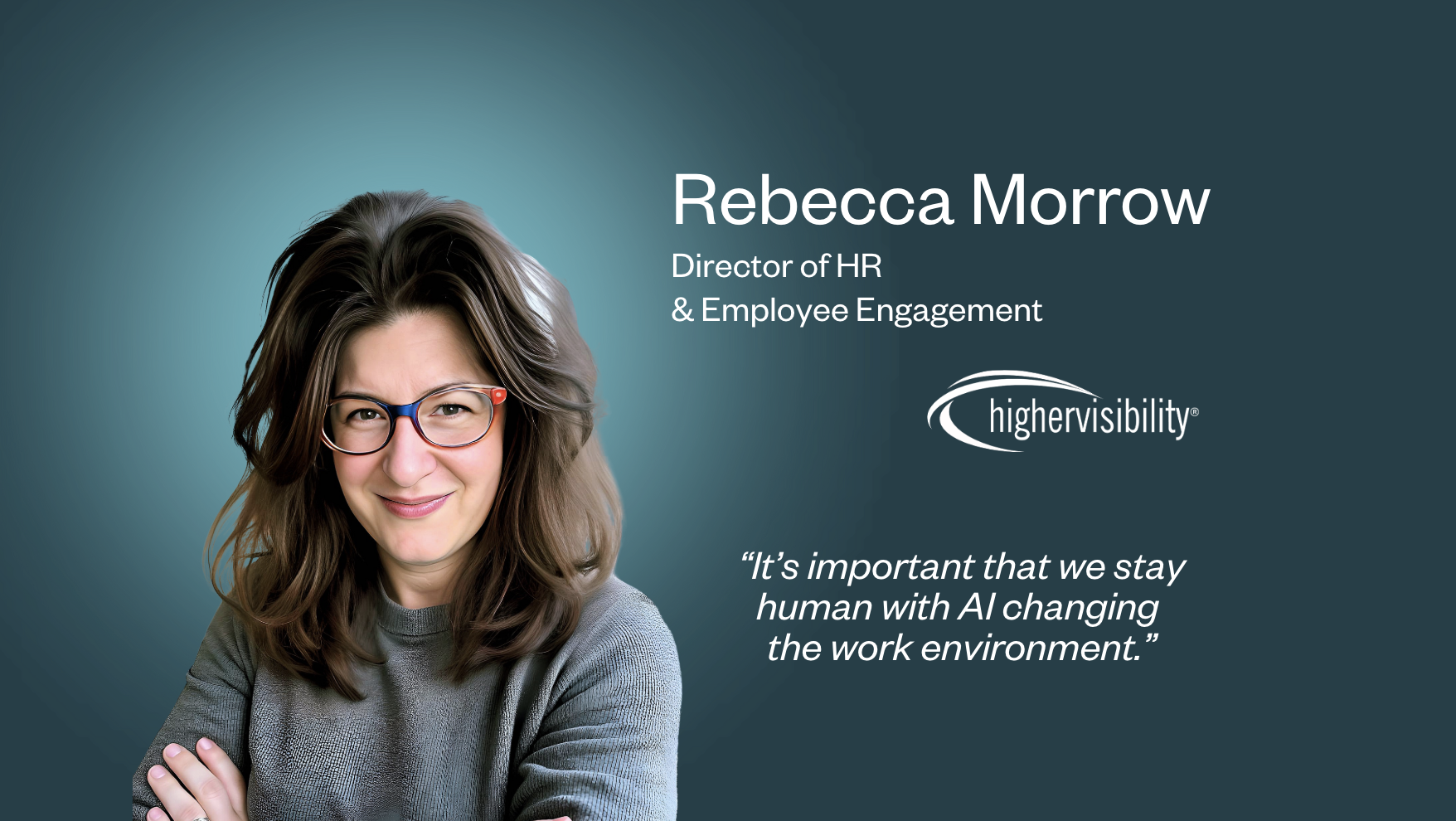How can you achieve peak performance? The answer is in your ability to reach a “Deep Work” state.
The concept of “Deep Work”, sometimes also referred to as the “flow” state, was introduced by Georgetown professor Cal Newport in 2016(1). Deep Work is about getting into a state where you can reach peak performance levels to deliver your best work, in the least amount of time.
To get to this state, it is important to create a distraction-free environment. This can seem unrealistic given the busy world we live in and constant distractions we are exposed to, but getting to a Deep Work state can be developed through practicing techniques that sharpen your concentration.
Identify your “peak” time of day
Each person has a period during the day when they are most productive. According to research 10% of people feel they do their best work in the morning, and 20% at night(2). Know what your peak time of day is and do the work that is most demanding during that time.
Set some time aside
Deep Work is not about working tediously long hours, but rather making your working hours more effective and productive. Pick a period for your Deep Work session and set an alarm to mark its end. Hours of relentless focus and effort can be demotivating and, quite frankly, exhausting.
Set objectives
Research shows we lose 20% of our productivity when we keep switching context(3). Identifying the desired outcomes of your Deep Work sessions can help bring clarity and focus to ensure that the time spent is productive. This also helps focus on only the specific tasks we need to complete and avoids jumping between different tasks and projects.
Have a location for your Deep Work
Having a specific location only for focused work can help. If you work remotely, try a different room for different tasks. If you work in the office, you should find your go-to distraction free area for when you want maximum concentration. Let your colleagues know this too so you can avoid being interrupted!
Minimise interruptions
You should have all the materials necessary at hand for your Deep Work session. Before starting, put away anything that may interrupt you, such as your phone or your pet. The latter may be a bit trickier of course! Make sure that you are well hydrated, fed, and have had your bathroom break.
In an increasingly competitive world, Deep Work is like a super-power that helps us focus our attention to make the best use of our time and productivity. Making Deep Work an integral part of our day-to-day professional activities can help us produce outstanding work that adds value by unleashing our intelligence and creativity.
1. Newport, C., Deep Work: Rules for Focused Success in a Distracted World, 2016, (1st ed.). Grand Central Publishing.
2. Geddes, L., First physical evidence of why you’re an owl or a lark, 2013, New Scientist, 220 (2937).
3. Weinberg, G. M., Quality Software Management: Systems Thinking, 1991, Dorset House.






